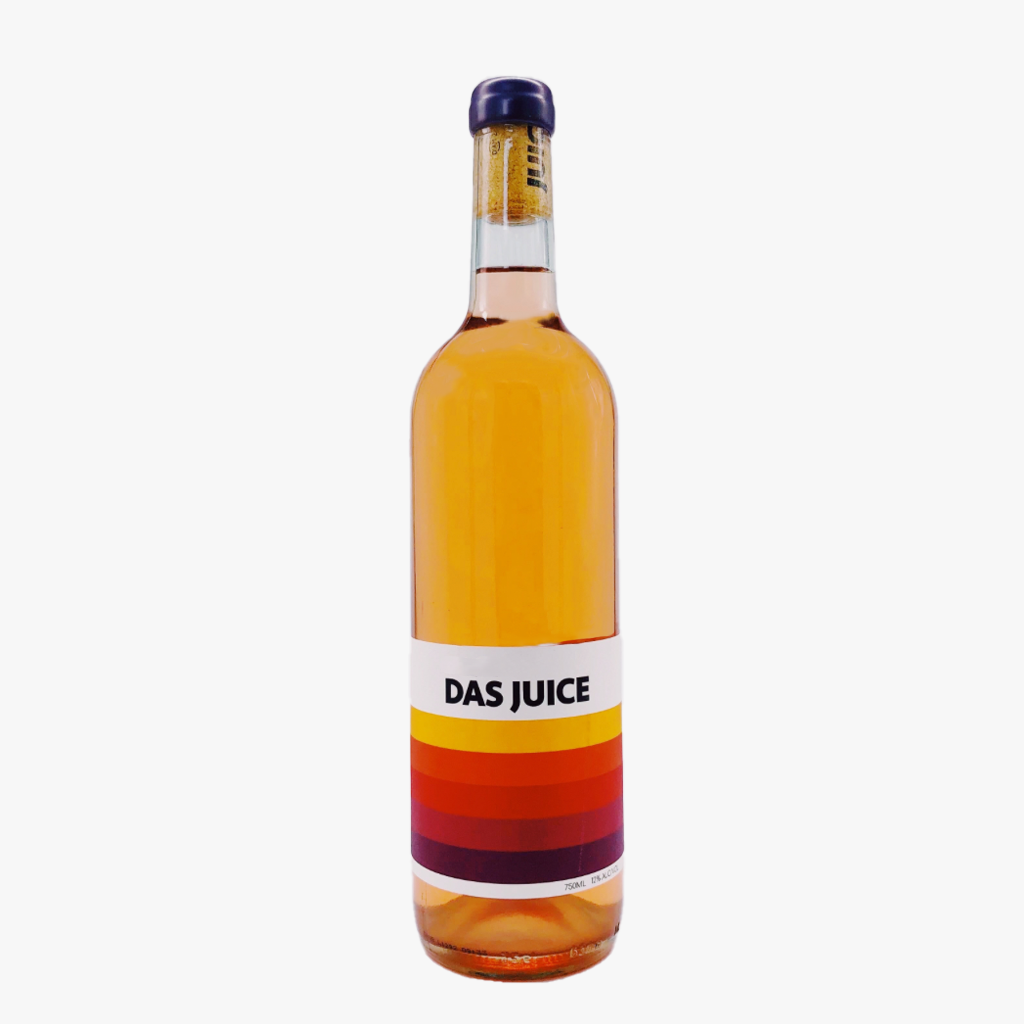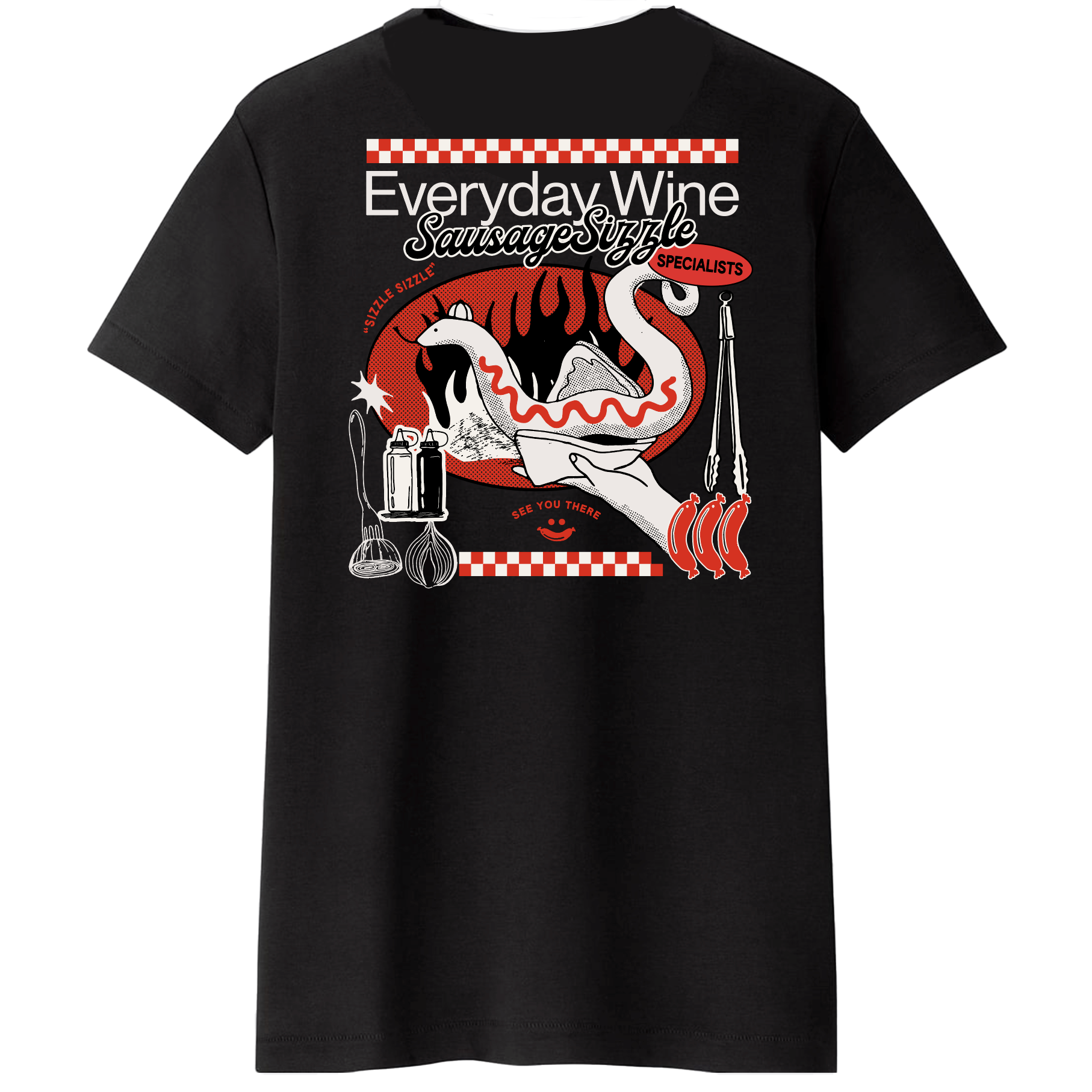Lost and Found: La Perdida

Nacho Gonzalez began his career as a biologist, working throughout his native Spain on both the land and ocean. It wasn’t until later in life, when he inherited a small, overgrown, abandoned vineyard from his Grandmother in Valdeorras, Galicia, that he found his calling. Deciding to put his skills and knowledge to work, using biodynamic and organic practices, Nacho carefully and patiently restored the vineyard, revitalising the 80-year-old bush vines, along with the diverse soil, plant, and insect life. It was in this vineyard that his first wine, O Trancado, was born, a field blend that shares its name with the vineyard itself.
Nacho soon realised that, nestled amongst the vast industrial wine production of the region, were dozens of other old and abandoned vineyards. Choosing the name La Perdida - meaning ’The Lost’ - Nacho has now ‘found’ and revitalised over 28 parcels of land. ’The Lost’ refers to both the vineyards - small, hard-to-find parcels, usually sloped and at high altitude - and also to the grapes themselves - which are often overlooked, low-yielding, and difficult to tend to indigenous varietals.
La Perdida is a true labour of love. Viticulture is done manually, all by hand, in a humid, maritime climate that makes growing anything organically a daunting task. The winemaking is done with zero additions, including no added s02, and often utilises amphora (tinaja, or Spanish clay, supplied by fifth-generation artisan Jordi Padilla), along with old oak and stainless steel. Traditional co-fermentation is preferred, along with skin contact and without fining or filtering. The wines speak of the parcel they are from (or the “island”, as Nacho likes to calls them).
While a passionate advocate for traditional viticulture, Nacho simultaneously produces some of the most progressive and fascinating wines we’ve ever seen. The wines all share a great tension and energy. There is a wild, untamed element to each cuvée, yet it’s easy to see the finesse at play too. Inherent to all the wines is this almost playful sense of contradiction: they are light, tart and refreshing, yet simultaneously full of complexity. They zig when you expect them to zag, and are great fun to drink.
Often perplexing at first sip, La Perdida are some of the more challenging wines in our portfolio to write about. Fortunately, we just had a team dinner where we tasted the range and can now crowd-source the tasting notes! 
Last year's standout, Proscrito, shines again on this release. A blend of 95% Palomino and 5% Garnacha Tintorera (Grenache), Proscrito drinks as a complex and nuanced chilled red. Dark plum, kola nut, spice, raspberry lemonade, struck match and musk on the nose and palate. Fine and soft tannins deliver an incredibly persistent, rewarding finish. An absolute pleasure to drink.
O Pando Orange, a field blend of predominantly Godello, was a clear staff favourite. With six months of skin contact in amphora, O Pando is generous and rich, while retaining great energy and tension. Ripe stonefruit, nectar, baked apple, white flowers and musk. Crisp acidity makes this great for pairing with seafood and richer dishes such as pork belly too.
Malas Uvas, meaning literally “Bad Grapes” is “the union of two grapes hated by conventional managers” according to Nacho. Palomino (80%) and the Doña Blanca (20%), are fermented in amphora on skins for six months. The resulting cuvee is pithy and energetic, with subtle notes of grapefruit and spice underpinned by thirst-quenching wild acidity.
This year’s O Trancado is a Garnacha Tintorera-dominant chilled red blend. It’s plush and expressive, offering olive, licorice, earthy blackberry and vegetal notes on the nose and palate. Brimming with nervy acidity and a fine tannin backbone, this is one of the more complex and layered wines in the collection. Lots of fun.
Meu, a red field blend of six grapes (Mencía, Garnacha, Mouratón, Godello, Doña Blanca and Palomino), is generous and lively. The nose is nutmeg, plum, and cherry cola, with a bright, textural, high-acid follow-through.
A Seara, a red, single-vineyard coferment of Garnacha and five other grapes, is big and plush, concentrated black forest, kola nut and herbaceous tomato on the nose and palate.
O Poulo is a rustic red blend of Nacho’s highest-altitude grapes, the survivors of devastating hail in 2015. The notable tanins support dark fruit, spice and musk, delivering a complex, persistent finish.
These unique, stimulating wines are fast becoming a cult-favourite, so we’re absolutely stoked to have them in New Zealand again this year. Production of each wine is tiny and consequently short in supply. We have received just 2-4 cases of each wine for the next 12 months – get in before they disappear!





